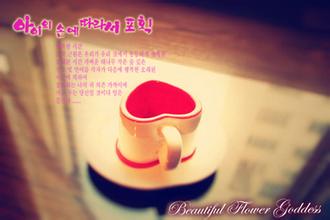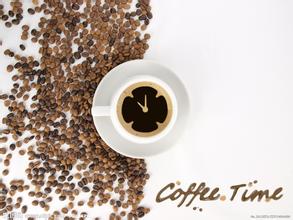Description of Flavor in Coffee extraction rate Formula introduction to the method of regional treatment for the characteristics of varieties
Coffee extraction rate formula Flavor description Taste variety characteristics Production area treatment method Introduction
Lockhart published his research with a "coffee brewing control chart," a graphic representation of what Americans thought was the best coffee at the time.
Years later, SCAA confirmed that American tastes had changed little. At least for Americans, the perfect coffee is one with an extraction rate of 18 to 22 percent and a total dissolved solids content of 1.15 to 1.35 percent after brewing.
Confused by technical terms? Come on.
The extraction rate refers to the amount of coffee particles extracted from the original dry coffee seed. Total dissolved solids represents the actual percentage of coffee solids in a cup of coffee (commonly known as "brew strength").
Combine this information and you have a coffee brewing control chart, where the optimal combination of brewing intensity and extraction rate is highlighted in the center area.
Coffee is made to perfection. It seems like everyone is bragging about their own unique and mysterious process of achieving optimal extraction rates, but we're here to tell you that's nothing special.
Instead, the key is to base it on the golden ratio of 1 part coffee to 17.42 parts water. This ratio will get you to the optimal area and there are no unit limits, meaning it is up to you whether you want to measure in grams, ounces, pounds, stone or tonnage.
So, if you want to make coffee with an extraction rate of 20% and a total dissolved solids content of 1.28%, you can base it with 30 grams of dry coffee raw material and 523 grams of water, and then adjust it on that basis.
At the same time, people often confuse the concepts of extraction rate and total dissolution of solids. It is important to understand the difference between these two concepts.
Brewing intensity is the amount of solid coffee dissolved in your coffee. The extraction rate indicates the amount of extract you get from the dry coffee ingredient. The point is, strong coffee has nothing to do with bitterness, coffee content, or baking curve, only with the ratio of coffee to water in your glass.
All of these measurements received great innovation in 2008. A company called Voice Systems Technologies decided to apply the principle of refractometers--instruments that detect light waves refracted by particles--to a project that led to a coffee concentration analyzer called ExtractMojo.
This instrument can accurately display the total dissolved amount of coffee solids, and then compare it with the "coffee brewing control chart", you can make a better coffee scientifically and tastefully.

Important Notice :
前街咖啡 FrontStreet Coffee has moved to new addredd:
FrontStreet Coffee Address: 315,Donghua East Road,GuangZhou
Tel:020 38364473
- Prev

[pull flower] the method of drawing tulip coffee the technique of hand temperature measurement in milking bubble
[pull flower] Tulip coffee pull method milking bubble hand temperature measurement technique now the world coffee pull flower has developed to a very high level, but also encountered a lot of bottlenecks. Directly into the formation of the method, most of them use the basic heart shape and leaf shape to make changes, it is difficult to jump out of these basic patterns, this situation is due to lack of contact, control skills are not hot. And there is no.
- Next

Coffee pull flowers of various flower types corresponding to the thickness of milk foam introduction
1, wet cappuccino milk foam is 6,7 into full;(this milk foam leaves and other grain requirements are very beautiful, at the same time, this milk foam can also be used to do latte) 2, dry cappuccino milk foam is full; 3, half cappuccino milk foam in 8 into full; I prefer 9 into full milk foam. (This milk bubble is made of heart
Related
- What is the meaning of lactic acid fermentation with coffee bean treatment?
- How to judge the state of foam by sound?
- How does the latte pull out the unicorn pattern? Come to get for a little trick to improve the flower pull!
- Will flower pulling affect the taste of the latte?
- Do you know the history of coffee?
- The difference between honey treatment and sun washing what is raisin honey treatment?
- What kind of milk can a novice use to make coffee foam to keep the foam longer? The correct method and skills of milking tutorial sharing
- Why do washed coffee beans taste sour? Flavor characteristics of washed Coffee
- Introduction to the skill of how to practice the size and height of water injection around the circle of hand-brewed coffee
- How do beginners practice coffee flower drawing from scratch?

